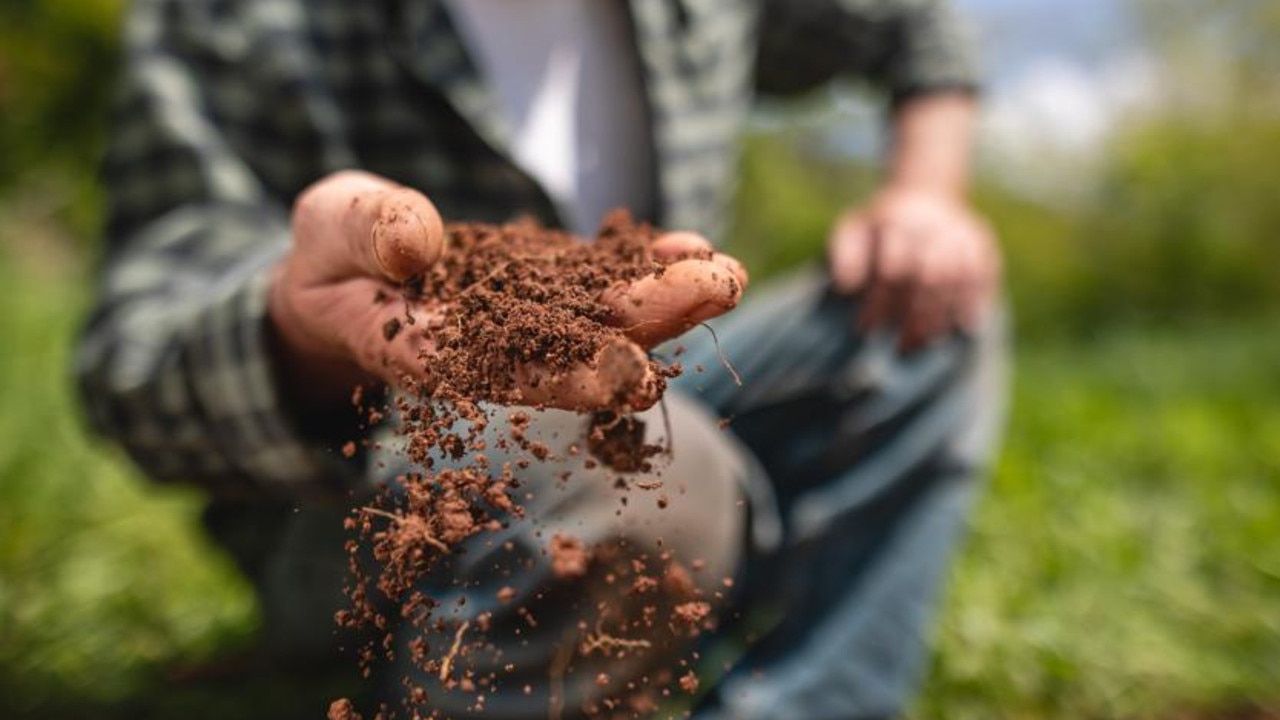How agtech can lead Australia to a fertile future
Australian farmers have done it tough recently: years-long drought, bushfires, and floods. While tech can’t change the weather, it can help us manage it better.
In September of this year, the Australian Council of Learned Academics (or, ACOLA) released its Future of Agriculture Technologies report.
Commissioned by Australia’s chief scientist Alan Finkel, on behalf of the National Science and Technology Council, the forward-looking report comes at a crucial time for Aussie farmers. After a decade of what can genuinely be described as biblical plight – floods, fires and plague – it’s clear that the sector must continue to evolve.
“Australia’s diverse agriculture, fisheries, and forestry sector is a AU$69 billion industry. However, reaching the government’s goal of AU$100 billion by 2030 will likely require more than just incremental technological advancements,” Finkel said in his statement accompanying the report.
The research has identified exactly how adopting new technologies – such as sensors, robotics, artificial intelligence, biotechnology, nanotechnology, and blockchain – are vital to improving the sector’s productivity, diversity, profitability and long-term survival.
“Innovation in our agriculture sector is critical for our economy, our food security and so much more. With a supportive policy environment, workforce and investment, we are confident that the future of agriculture in Australia will be one in which data analytics and artificial intelligence are as at-home on the farm as they are in any other high-tech industry,” said Stewart Lockie, one of the chairs of the ACOLA expert working group.
BLOCKCHAIN
According to the report, one of the most vital opportunities tech can bring to Aussie farmers revolves around supply chain transparency and quality assurance using sensors and blockchain technologies.
Blockchain is a distributed, immutable digital ledger for recording transactions and tracking assets based on a secure and trusted network. Every specified fact about a product is recorded and encapsulated in a secure digital “block”. As new facts are added, so too is a new block. And a chain of these secure blocks becomes a reliable source of information for all parties within the network.
Blockchain-based platforms such as IBM’s Food Trust help to maintain transparent transactional records that are resistant to fraud, which means consumers can know the story of their purchase from the field to their front door.
Practical applications of blockchain are far reaching and creative. In January, at the 2020 Consumer Electronics Show in Las Vegas, Farmer Connect – a traceability platform built on IBM Blockchain – announced a new consumer mobile app, Thank My Farmer, which allows coffee drinkers to trace their coffee to understand its quality and origin, and personally support the farmer who grew the beans.

The app was created to increase traceability, efficiency and fairness in the coffee supply chain. A survey uncovered that most people prefer to buy coffee that is sustainably grown and responsibly sourced but, despite progress by international certifying bodies, there was still a lack of knowledge around the need for coffee farmers to earn a sufficient living for bringing their product to market.
Another game changing use – one that has recently been adopted by several private companies within Australia – is applying a digital supply chain to seafood.
In Norway, the Norwegian Seafood Association worked with IBM to create a blockchain-based track-and-trace system. The project aims to prove the provenance of sustainably farmed salmon. Like Australia, Norway produces some of the highest quality seafood in the world and the industry saw blockchain traceability as a way to ensure the quality of the national brand – and that its Norwegian salmon is what it says it is.
Combating incidents where fish were fraudulently passed off as having come from farms in Norway – the IBM tech gave them the ability to track every aspect of the fish life cycle, even using cameras inside the ocean pens where the salmon swim. It also tracked the temperature of the water, which dictates the speed at which they grow, the transportation and whether the fish is frozen or fresh.
On the possible use of blockchain by Australian farmers, the ACOLA report noted there is also an opportunity to increase involvement of primary producers and other community members, including supporting indigenous landholders.
SENSING CHANGE
It’s a classic scene: a weather-beaten farmer licks his finger and raises it to the air, judging if the weather is good enough to reap or sow. But in 2020 this is just one data-point among thousands for decision makers. Sensors have become far more affordable, it’s just a matter of using them and making the best use of the data they collect.

Farmers will, theoretically, be able to use a smartphone to see a visual representation of moisture and nutrient levels, soil health, crop availability, commercial demand – and hyper-local weather forecasts. An alarm can sound when temperatures are predicted to spike beyond a crop’s limits. This means interventions can be put in place, in time, effectively.
Cameras – either fixed or attached to farm equipment – can relay video footage about the texture and colour of crops. This can be combined with multi-spectrum sensors such as radar on overhead drones or satellites to accurately gauge a crop’s yield, quality and health. It’s called data fusion.
It’s an idea already being explored by new solutions such as Agrolly, the winner of IBM’s 2020 Call for Code Global Challenge. Its touchscreen interface puts weather, crop data and risk analysis into the palms of farming hands.
Agrolly collates open-source information to help small-scale farmers better understand what’s happening to their climate, how it affects their specific crops and what steps they need to take to adjust. It provides easy-to-understand analysis of soil, water and weather data to identify what to plant, where and when and is currently being tested in Brazil and Mongolia.
“Rural household farmers are the ones who least contribute to climate change, yet the most vulnerable to changing economic and climatic conditions,” an Agrolly spokesperson says. “They need to be able to plan production efficiently and prevent disaster risks caused by extreme weather conditions.”
CONNECTIVITY OR BUST
While agricultural businesses have adopted technologies such as GPS systems and electronic animal identification, these technologies require constant or regular internet connectivity – something that continues to be particularly vexing for much of regional Australia.
Some progress has certainly been made over recent years in improving connectivity to the farm, but there is still a long way to go before it is improved to the standard required. The Australian and state governments’ mobile black spot programs, alongside the deployment of the Sky Muster satellite service, is still considered the best available option to increase regional access to the internet — at least to the farm.
The ACOLA report concluded that along with a lasting connectivity solution, Australian farmers need regulation and investment to make necessary changes – and that new technology, thoughtfully implemented, will be critical in helping the sector meet the many challenges of the coming decade.
Forward Slash is a podcast series about how massive changes in the world are colliding with advances in technology.
The future of agricultural technologies report can be downloaded here.
This article was created in partnership with IBM.



